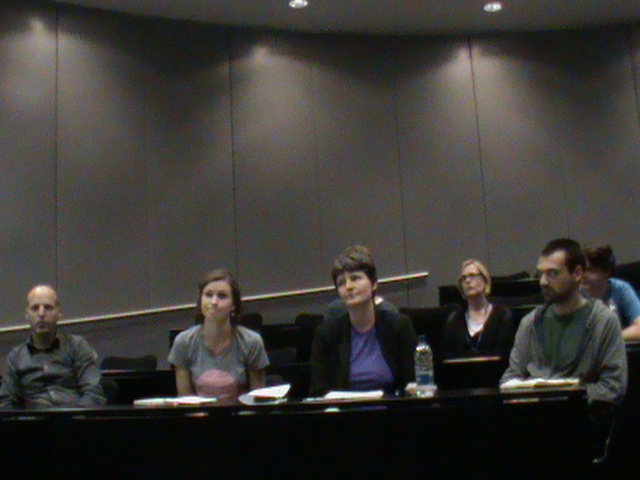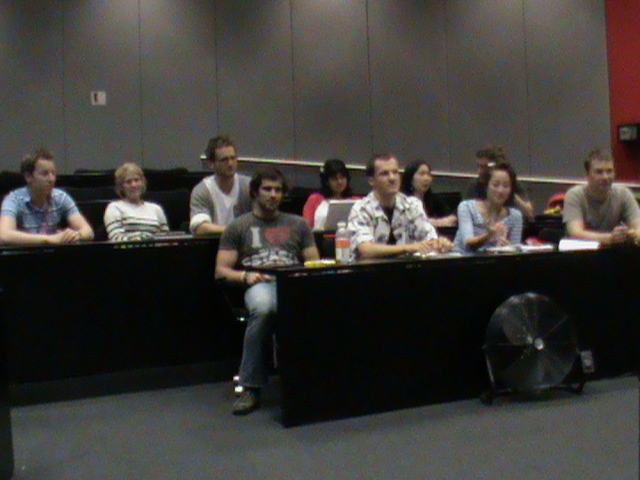Team:Imperial College London/Diary/Week Two
From 2010.igem.org
| Diary Week | 1 | 2 | 3 | 4 | 5 | 6 | 7 | 8 | 9 | 10 | 11 | 12 | 13 | 14 | 15 | 16 |
| We embarked on our iGEM project in early July, after finishing our exams and having about a week off for a bit of rest and relaxation. There have been highs, there have been lows, but it's all part of the amazing journey that is iGEM! We really hope you enjoy reading our diary, but if you're a bit short of time we recommend the video diary for a slightly more entertaining experience! | |
| Week Two | ||
| After a relaxing weekend away from iGEM, we all arrived refreshed and raring to go on Monday morning. The first task was to assign groups for each of the ideas we had been developing, and then within our groups we discussed potential routes we could pursue.
The presentations we had been developing in our pairs during Week 1 were given on Monday afternoon to the rest of the team. The pairs and topics were as follows;
Our first Journal Club, held by our supervisor Chris Hirst, took place on Tuesday. This was followed by a Modelling Workshop with Dr Guy-Bart Stan, a lecturer in Synthetic Biology at Imperial. We also completed an online Wiki tutorial so that we could use the Wiki more effectively and keep all the advisors up-to-date with what we had been doing. The second session with the RCA was on Tuesday afternoon, and this time it focused more on the media attention around synthetic biology and public engagement. In small groups we looked at tabloid newspapers, and then tried to make our own headlines for a synthetic biology news story. On Wednesday, we had a meeting with the advisors in order to write a project description, which was due by Thursday. We also took the opportunity to get some useful feedback about the project and what direction we should be going in. On Thursday, we were lucky enough to have a mini-lecture given by Dr Martha Betson, who works on schistosomiasis at the Natural History Museum. Her extensive knowledge of working in sub-Saharan Africa enabled us to have a realistic view of how useful it would be to detect schistosoma in water. The Human Practices Panel Discussion, with Claire Marris (a Senior Research Fellow at LSE) took place on Friday. Also present were members of the RCA and CSynBI. This session allowed us to analyse the many social aspects of our project, which led us to alter its design in certain ways. For more details, see the Human Practices Report.
|
 "
"





